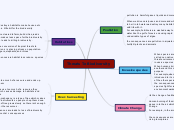af Darby Rich 13 år siden
871
Invertebrate Phylogenetic Tree
Invertebrates are categorized into several phylogenetic groups based on their evolutionary relationships and body structures. The Lophotrochozoa, with nearly 139,000 species, include diverse organisms such as flatworms, molluscs, and segmented worms.









